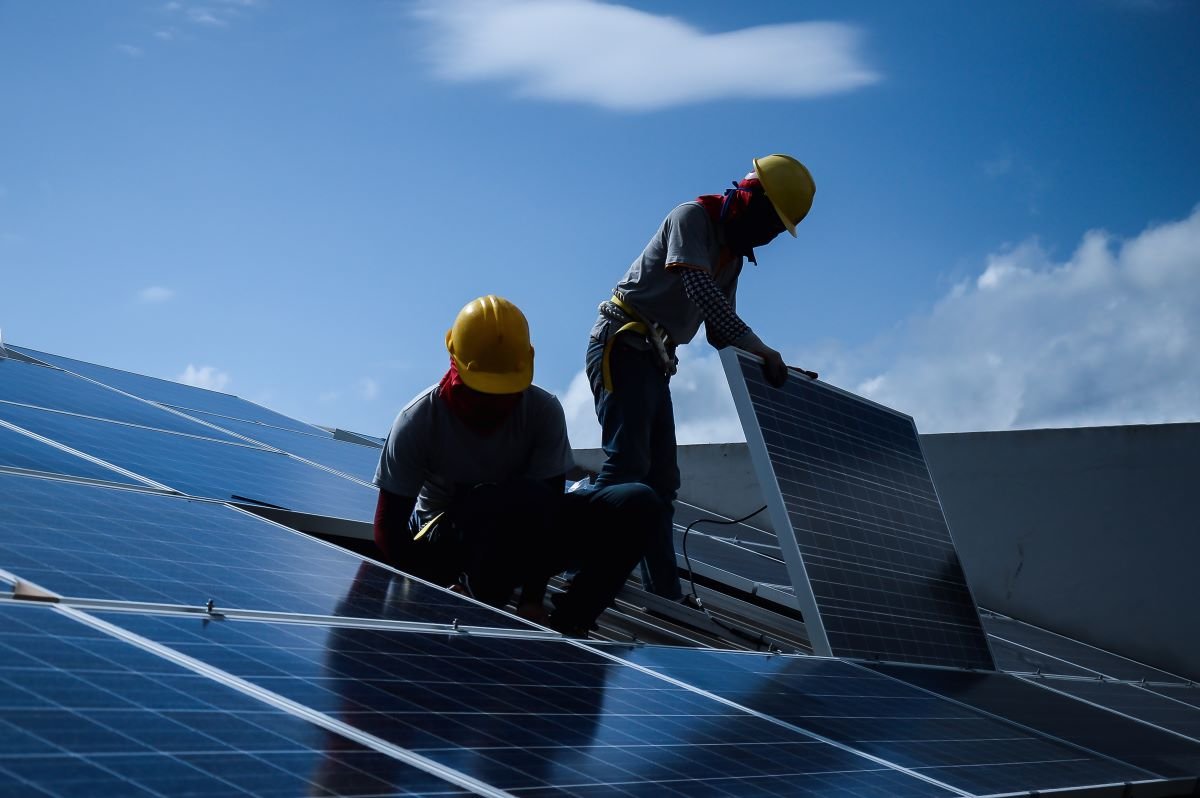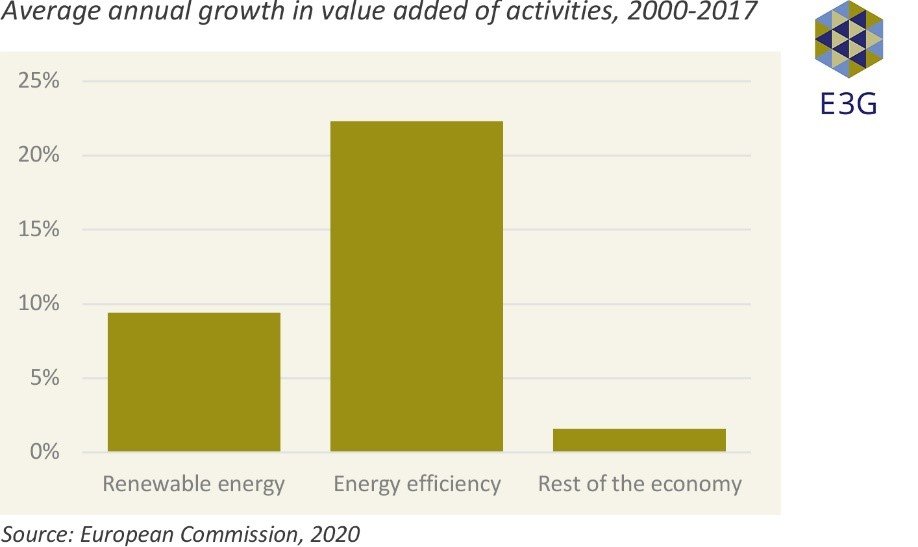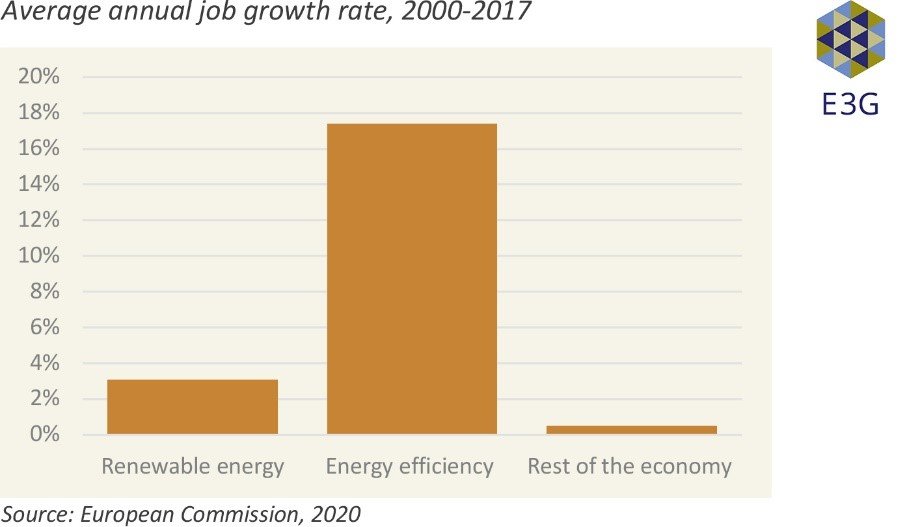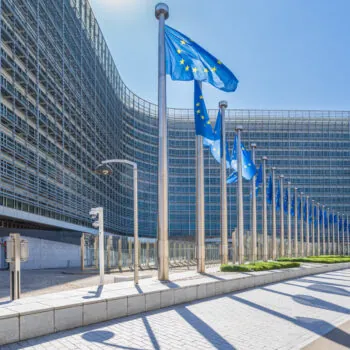The Renewable Energy Directive (RED) – Europe’s flagship renewable energy legislation that has driven the expansion of renewables for over a decade – will be revised as part of the ‘Fit for 55’ package expected in June. The principal objective stated by the European Commission is to align the RED with increased EU climate ambition, indicated by the revised 2030 emissions reductions target and the objective to achieve climate neutrality by 2050.
The RED revision can contribute to an energy transition that delivers on climate and enables an economic recovery following the COVID-19 crisis. To do so, it needs to accelerate the use of renewable energy and be combined with energy system integration, energy efficiency and infrastructure measures that accelerate the phase out of fossil fuels.
E3G recommends 5 principles for a Renewable Energy Directive revision successfully rising up to the challenge of delivering on the European Green Deal economic, sustainability, international leadership, and social objectives.
1. Aligning Renewable Energy Directive with increased EU climate ambition
Achieving climate neutrality by 2050 means vastly accelerating renewable energy deployment. As a result, the EU renewable energy target must be revised to reflect increased EU climate ambition, signalled through the revised 2030 emissions reductions target and climate neutrality objective. To align with international commitments made in the context of the Paris Agreement, estimates indicate the need for a 50% share of renewable energy in gross final energy consumption by 2030.
In order to enable such a speedy rollout of renewable energy, there is an urgent need to develop energy system integration, energy efficiency and demand-side flexibility measures.
2. Enabling energy system integration for a climate neutral energy sector
Energy system integration – the coordinated planning of the energy system across energy carriers, infrastructures and consumption sectors – is critical to achieving a climate neutral European energy sector. As set out in the European Commission Energy System Integration strategy this entails prioritising energy efficiency and direct electrification measures, and the use of fuels such as hydrogen for end-uses where other solutions are either not feasible, inefficient or costly. As renewables begin to dominate the electricity system, the power grid will need to be built out fast enough to avoid becoming a bottleneck for renewables deployment and further innovation will be needed on long-term storage solutions.
Choices on the location of renewable energy production, grid strengthening investments and hydrogen infrastructure will be interdependent. It is key that choices made in the Renewable Energy Directive revision are coherent with those made across infrastructure planning and gas market policies.
3. Fairly distributing opportunities and costs of the energy transition
Achieving climate neutrality entails a major overhaul of an outdated fossil fuel-based, siloed, top-down energy system. The cost of this transition should not be transferred solely to consumers, especially not to those most vulnerable to price fluctuations. Tackling this requires EU energy policy, including the Renewable Energy Directive, to maintain citizen and climate interests at its centre.
At the same time, the transition to climate neutrality offers the EU an opportunity in the form of economic growth, jobs and competitiveness. In fact, the value added of the clean energy sector to EU GDP was more than double that of the fossil fuels sector in 2018, with annual growth in the value added of renewable energy and energy efficiency activities between 2000 and 2017 far outpacing the rest of the economy. Both renewable energy and energy efficiency are also job powerhouses, with jobs in energy efficiency and renewable energy averaging annual growth of 3.1% and 17.4% respectively between 2000-2017, while jobs in the rest of the economy had an average annual growth rate of 0.5%. Prioritising clean energy sectors also offers the EU competitiveness advantages as new economic realities emerge with 75% of global GDP committed to a climate or carbon neutrality target by 2030-2060.
4. Ensuring independent, science-based assessments and transparency
The transition to a climate neutral energy sector with high shares of renewable energy in a short time frame should be informed by independent, science-based assessments, and progress should be transparently reviewed and publicly accessible.
This includes putting in place mechanisms to allow civil society to review progress on the renewable energy transition across EU member states. Relevant data should be transparent, publicly available, and regularly updated
5. Guaranteeing gold-standard renewable energy certification
It is key for the Renewable Energy Directive to include clear guarantees of origin and certification schemes for renewable energy. This becomes more complex if the scope of the guarantees of origin scheme is extended to fuels such as hydrogen, as envisioned in the most recent RED revision, as it adds a further step to the process.
In order to be credible to both the climate community and the private sector, the guarantees of origin schemes need to provide clear, transparent information based on an assessment of life-cycle emissions, ensure additionality of renewable energy production, eliminate double-counting and be traded within a closed system.




